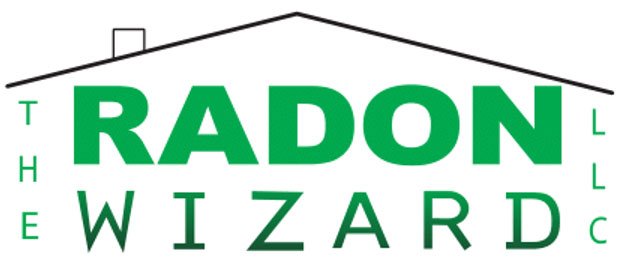Radon is a naturally occurring gas that has been linked to lung cancer. It exists in both indoor and outdoor air and can be found in soil, groundwater, and building materials. The following are six facts about Radon that everyone should know:
- Radon is the second leading cause of lung cancer in the United States after smoking. According to the Centers for Disease Control (CDC), an estimated 21,000 people die each year from radon-induced lung cancer, accounting for nearly 3% of all deaths from this type of cancer.
- Radon is a radioactive gas that is produced as uranium decays in soil and rocks over time. As it breaks down further, it forms gaseous radon-222 which can then enter into indoor air through cracks or gaps in foundations or walls, sump pump pits, and crawlspaces near these sources of soil or rock disruption.
- Radon does not stay in one place. Although the lowest area of the structure is typically the highest concentration, radon gas does not just stay on this level. There is no hard equation, but each full level of the home that you go up, the radon concentration is typically one-half to two-thirds of the concentration of the floor below. As a result, if you have a basement testing at 15.0pCi/L, the main entry level of the home may be testing at 7.5-10.0pCi/L. Obviously, ventilation and living habits may cause this number to vary. The important part is that you realize radon gas is not just in your basement.
- Testing for radon levels indoors is relatively easy and inexpensive, making it important for homeowners to consider testing their homes periodically for high concentrations. If levels are found to be at 4.0pCi/L (picocurie per liter), then professional mitigation services should be sought in order to reduce levels below the Environmental Protection Agency (EPA) Action Level of 4.0pCi/L as established by the EPA.
- Both long and short-term exposure to concentrations of radon can have harmful effects on one’s health, with smokers being especially at risk due to their already weakened respiratory systems.
- Radon gas can typically be managed within a structure if sufficient effort is made. This can start with radon resistant building practices or finish with radon mitigation efforts after the structure is completed. Know your radon concentration. Test often!

